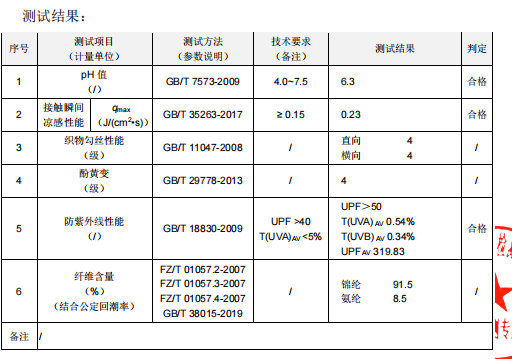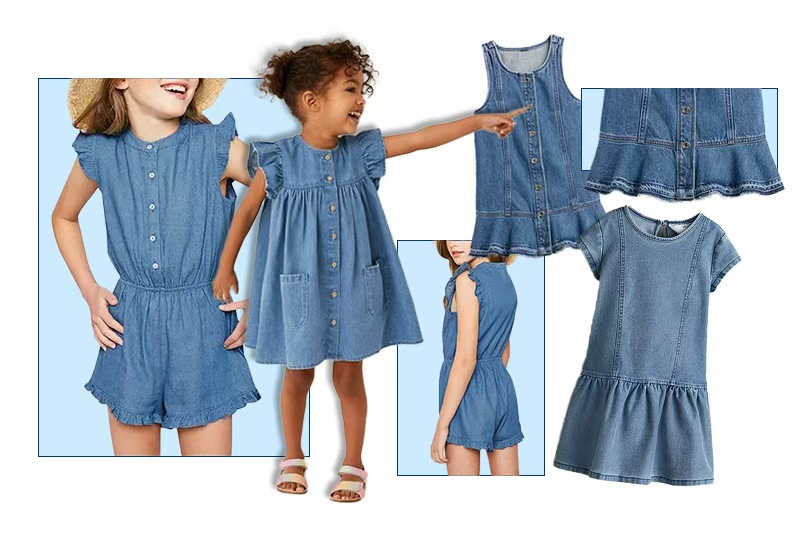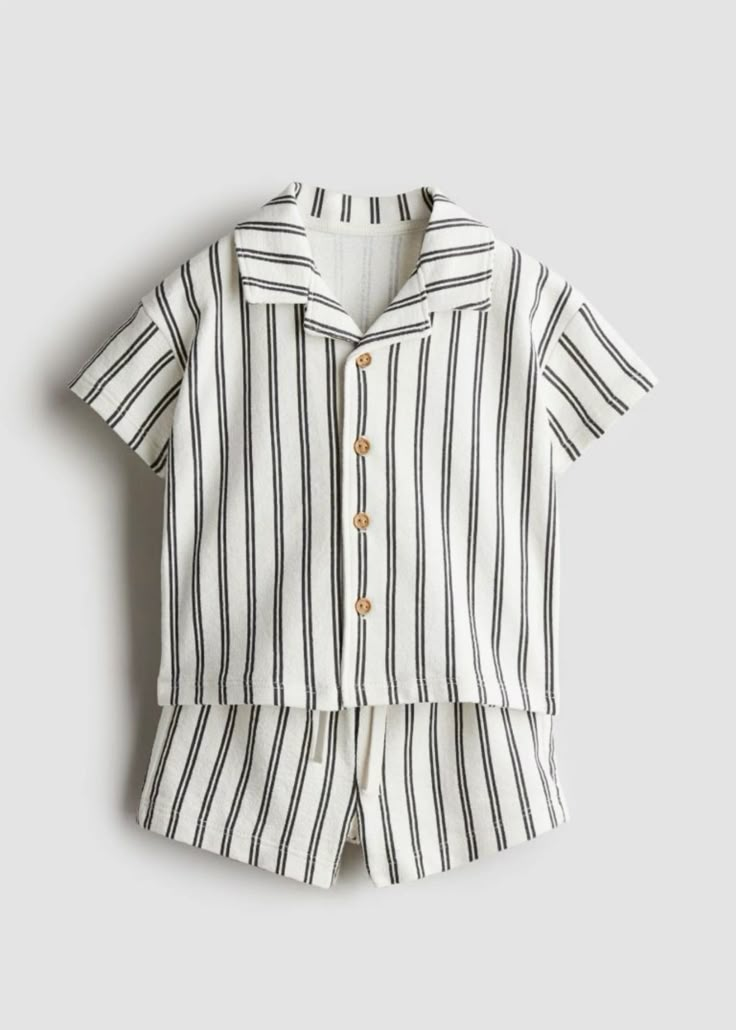As a parent or brand owner, you know how quickly kids can burn in the sun—especially during outdoor play. That’s why choosing the right fabric for sun protective clothing isn’t just smart—it’s essential. When it comes to kidswear, the right textile can make a big difference in keeping little ones safe and comfortable.
The best fabrics for kids’ sun protective clothing are tightly woven, thick, and have a high UPF rating. Materials like polyester, nylon, and specially treated cotton offer effective UV protection. Color, weave, and certified testing all play key roles in choosing the right sun-safe textile.
Let’s dive into how to make smart fabric choices for your sun-protective kidswear line.
What fabrics offer the best natural UV protection for kids’ clothing?
Not all fabrics are created equal when it comes to shielding skin from harmful rays.
Polyester, nylon, and bamboo blends tend to offer better UV protection than untreated cotton, thanks to their tighter weaves and smoother surfaces. Some cottons can be treated to improve UPF performance.
When shopping for materials or working with a supplier, always check the UPF rating. A fabric labeled UPF 50+ blocks about 98% of UV radiation.
How does fabric weave and thickness affect UPF?
Here’s where structure really starts to matter.
Tighter weaves and thicker fabrics provide greater UV protection because they reduce the number of UV rays able to pass through. A loose weave, even in thick fabric, won’t protect as well as a tight, dense construction.
For example, a tightly woven polyester rash guard will block more rays than a loosely knit cotton tee.
Are synthetic materials like polyester or nylon better than cotton for sun protection?
It's a common debate—and the answer depends on what you're looking for.
Yes, synthetics like polyester and nylon usually provide better UV protection than cotton. Their dense fibers reflect more rays and absorb less moisture, which keeps the fabric effective even when wet.
That said, many parents still prefer cotton for its breathability and softness—so treated or blended options can offer the best of both worlds.
What role do fabric color and dye play in blocking harmful UV rays?
Here’s a detail many brands overlook—but it matters more than you might think.
Darker colors generally absorb more UV rays than lighter ones, offering better sun protection. Similarly, certain dyes (like deep blues, reds, or blacks) can enhance a fabric’s UPF rating by reducing light penetration.
It’s why navy rash guards often perform better in the sun than pastel ones—though both can be equally stylish.
How can brands identify certified sun-protective fabrics when choosing suppliers to manufacture children's sun-protective clothing?
Here’s where the sourcing puzzle really begins.
Look for suppliers who offer UPF-certified fabrics tested under recognized standards such as AS/NZS 4399 (Australia/New Zealand), ASTM D6603 (USA), or EN 13758 (Europe). Ask for lab test reports and certification numbers before confirming your order.
And don’t be afraid to question vague claims like “UV-resistant” if no proof is provided. Certification builds trust—and protects your brand.
What services can Taian Lianchuang Textile Co., Ltd. provide as a manufacturer of children's sun protection clothing?
Let me share what we can do to help you build your kidswear line with confidence.
Taian Lianchuang Textile Co., Ltd. provides custom manufacturing using certified sun-protective fabrics, low MOQ for startups, flexible printing options, and strong logistics support. We work with reliable textile labs to ensure all materials meet international UPF standards.
Whether you're starting with a few hundred rash tops or a full swimwear collection, we help you source, sample, and scale—with clear communication, verified certifications, and a hands-on production process. Learn more at coolkidswearfactory.com.
Dive Deeper: How Fabric Choices Impact UV Protection in Kidswear
Sun-safe clothing isn’t just about long sleeves or high necklines—it begins with the fabric itself. The best UV-blocking garments combine smart material selection, smart construction, and thoughtful design. Here’s how to assess your fabric options with confidence.
The UPF Standard Explained
UPF (Ultraviolet Protection Factor) is a measure of how much UV radiation a fabric allows to reach the skin. A UPF 50 fabric blocks 98% of UV rays, allowing only 2% to pass through.
UPF ratings are tested in labs under specific conditions. These certifications are especially critical in markets like Australia or California, where sun protection regulations are stricter.
Comparing Common Fabrics
| Fabric Type | Natural UPF | Notes |
|---|---|---|
| Polyester | High | Excellent even when wet |
| Nylon | High | Smooth and tightly woven |
| Cotton | Low | Breathable but needs treatment |
| Bamboo blends | Medium | Naturally UV-resistant + eco-friendly |
| Linen | Low | Loose weave, poor UV protection |
Role of Finishing Treatments
Some suppliers offer cotton or rayon fabrics treated with UV-absorbing chemicals. These treatments increase the UPF rating but may wear off after repeated washing. That’s why certified testing after washing is important.
Water-repellent or stretch finishes can also improve UV protection by tightening the fabric structure. Be sure to ask if your supplier uses these technologies—and whether they’ve been tested.
Fabric Color, Density & Stretch
The darker the dye, the more UV rays are absorbed. For example, a black or navy top will block more sun than a white one made of the same material.
Fabrics that are too stretchy, especially if lightweight, may become more transparent when worn—reducing their effectiveness. So for sun-safe leggings or rash guards, opt for blends that maintain coverage even when stretched.
What Brands Should Ask Suppliers
- Can you provide UPF testing certification?
- Is the fabric tested after 40+ washes?
- What standards is the test based on (AS/NZS, ASTM, EN)?
- Do you offer eco-friendly UV-treated options?
Establishing these questions up front can save time, cost, and future headaches—and help you earn customer trust with products that truly protect.
Conclusion
Choosing the right fabric for kids’ sun protective clothing goes beyond comfort—it’s about safety, trust, and long-term quality. By understanding UPF, fiber types, weaves, and certified sourcing, you’ll be better prepared to create pieces that kids love and parents count on.



